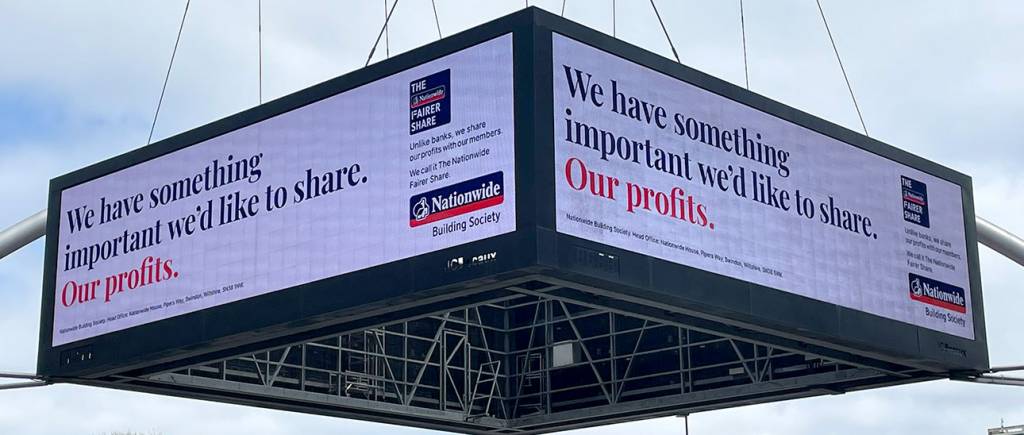Making brand active, not passive
You may recognise the title of this month’s blog from the script of the 1994 action movie Speed, where the villainous Dennis Hopper goads young detective Keanu Reeves. For this exercise I’m Hopper, you’re Reeves (I’ll try to keep any goading positive and without collateral damage).
But the wake up call I want to give you is needed. What are we DOING with our brands? Actually doing. Not hinting, not storytelling, not bragging, not pontificating. DOING.
In fact, let’s break this down into 2 questions:
- What are we doing?
- What are we getting our audience to do?
Because, if we’re going to grab the competitive advantage from behavioural science for our brand, it needs both elements and the latter is the more important.
Being serious about engagement
Engagement is a term that has become debased in digital marketing. It’s largely used to describe the production of social vanity metrics. A ‘like’ here, a “100% agree” comment there. It’s the lowest value form of behaviour, the kind that takes a micro-second to perform and does nothing towards reinforcing the mental availability of your brand. We can create an array of engagement experiences that are valuable. We just have to stop believing that social media engagement is doing the job and then go about designing better touchpoints.
But we have to get into doing mode and stop kidding ourselves that writing or recording content for free, passive, low-value consumption is doing the right thing! Why not start with this thought:
How do our brand assets display our behaviour? How can people judge our behaviour, as a representation of our brand, beyond that which words (spoken or written) can communicate?
A good example is Nationwide’s decision to disburse profits direct to customers instead of using those funds to offer discounts. A bold move, unusual for the banking industry! But it allowed them to do something important with their advertising: Signal actual behaviour rather than just stating future intent.

User-generated actions
The benefits of user-generated content are well-known. Reviews, testimonials, social comments etc. add important social proof. But what about user-generated behaviour other than typing?
For B2B – Webinars or seminars with interactive Q&A sessions, or alternatively using a quiz funnel.
For B2C – Sampling, interactive product customisation, limited trials
Related to pricing – Auction formats, cost calculators
By offering more complex interaction we’re harnessing a behaviour pattern known as escalation of commitment. The more we do, the more we inherently feel we’ve bought into something (without often noting that’s the case). It then helps develop a sense of sunk cost fallacy, the ‘I’ve started so I should finish’ effect where people don’t feel so inclined to look elsewhere, or repeat a process in order to make comparison. For example, on comparison sites, how often do we ever bother using a second comparison site? We instinctively assume we’ve done enough work to have been given a reasonable price.
Build a perpetual motion machine
The key thing is to keep people engaged and moving along your sales funnel. Design processes that have multiple steps with escalating commitment, whilst ensuring tasks are not too onerous. The difference you will find in conversion, from prospects who have been primed by the actions they have taken, is often significant. And it makes for much more cost-effective marketing than letting prospects warm, then cool, so they require constant spend in reheating. Remember, hotshot, once the bus drops under 50mph…. BOOM!
Keep at it, thirty more years of this, you get a tiny pension and a cheap gold watch 🙂

